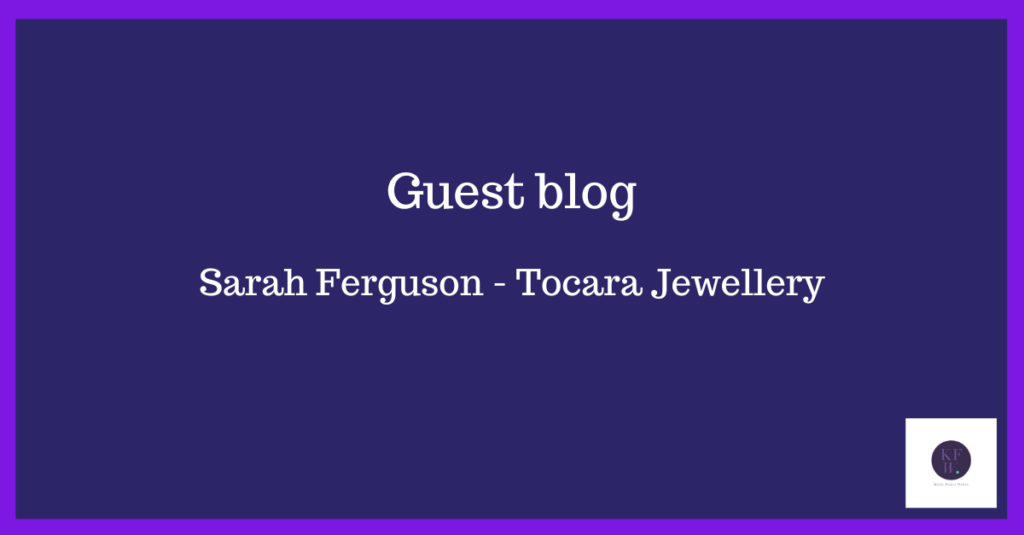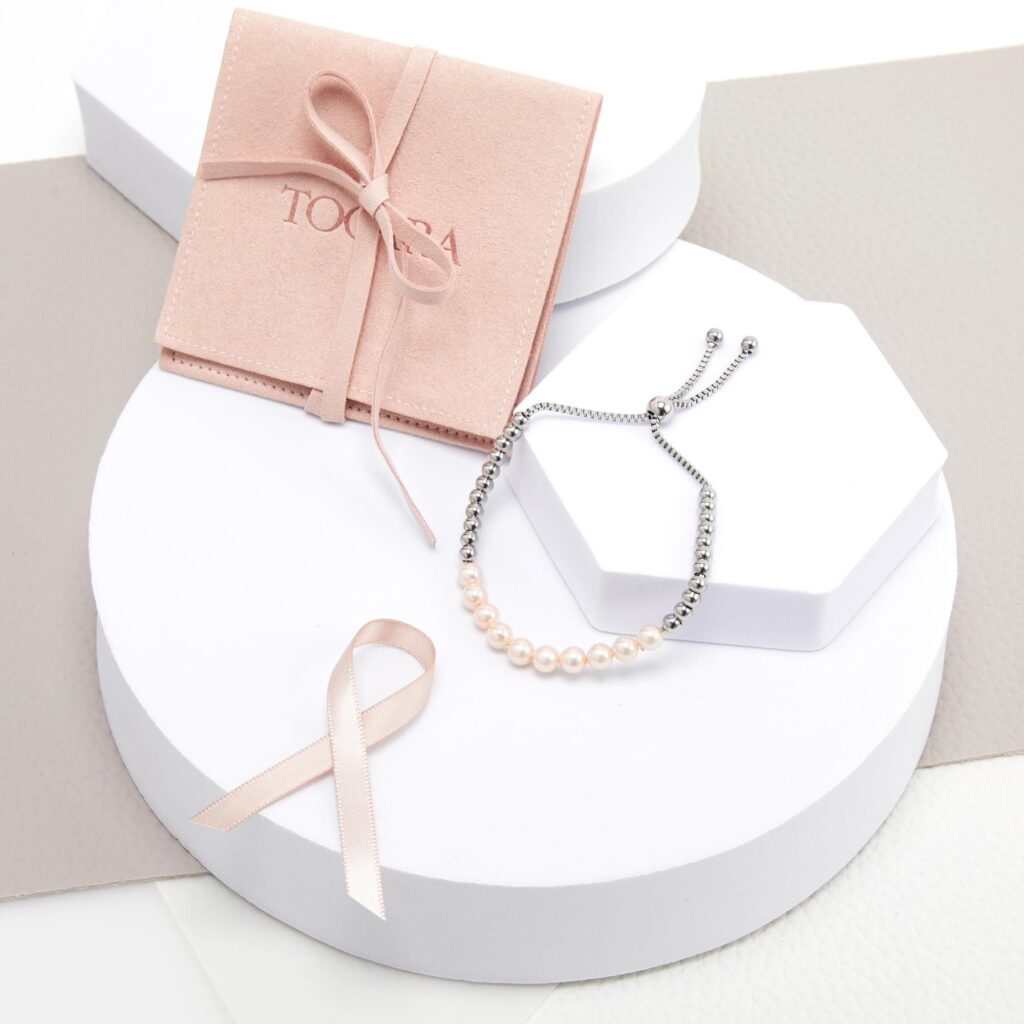
I have always envied people who wear beautiful jewellery and often admired pretty necklaces and earrings, feeling just a little jealous because I’ve never really been able to wear much jewellery due to skin reactions.
Where I was
For about 18 months, I’d known I needed to find something new business-wise, but I didn’t know what I wanted to do. I have worked in Direct Sales for over 12 years; I originally decided to ‘give it a go’ because I loved the product, bought it myself and needed some extra money – quite a common theme, really! What started as a bit of a paid hobby for me soon developed into a super little business, and the BEST thing for me was that I could work around my family; I was always there to do the school run, take the children to their friends, after school classes etc. and the extra income helped pay for the treats and days out in school holidays. Win-win.
However, the lockdown and the pandemic changed things, plus I had a difficult house move to navigate. I decided to limp along but keep my eyes and ears open for something new.
Finding a new opportunity
Earlier this year, I was in the right place at the right time, and I am so very grateful that I heard that conversation! A new jewellery company was looking to launch in the UK, very established in Canada with beautiful fine jewellery. My spidy sensors alerted I reached out and asked for more information. I am so glad that I did!
Tocara Jewellery, founded by a jeweller with over 40 years of experience designing and making fine jewellery, was looking to launch here. I have always believed people need to be a product of their product and believe in what they do or sell. I had to see some jewellery and, more importantly, find out if I’d be able to wear it – I have sensitive skin that reacts to lots of things, including many metals, so this was the real test. RESULT! Tocara jewellery is made from genuine Sterling Silver, surgical grade Stainless Steel and 10c and 14 c gold plate. For the first time in years, I could wear earrings for more than 30 minutes. These were so comfortable that I forgot that I was wearing them!
This was clearly a sign I had found the product I had been looking for, and not only had I found a new business, I realised that I had found a whole new sparkle wardrobe. I can’t begin to tell you how excited I was to be able to wear jewellery. I really am like a child in a sweet shop.

How it’s going
Product and business found, new challenge accepted! I’ve been privileged to see a side of a business that no one really sees. Usually, when people are invited to join a direct sales business, it’s established, and we wish we could be there earlier in the journey. My connection to Tocara UK is via Canada and my goal is to share our founder’s vision to share the beautiful jewellery and business model. My experience over the past 12 years gives me the opportunity to help others build a flexible business, whether that be a paid hobby, a part-time income or an additional income stream around their own lives and families.
I have enjoyed the flexibility, recognition and income my little business has provided. I am really looking forward to starting from scratch now, with stunning sparkles ready to share and a fabulous opportunity to enhance lives. It’s truly rewarding to see how people grow in confidence, blossom and take pride in their achievements, no matter how small. Some people will love simply wearing and sharing the jewellery enjoying the compliments they receive. Some people will recognise the bigger picture and the business model providing financial reward, and others will find happiness, like I did a few years ago, being able to provide those extras for my family, taking pride in my own achievements and creating memories that will last a lifetime. Everyone is welcome to join me.
What’s next?
We’ve just launched here in the UK, and the reaction to the jewellery has been so positive and what perfect timing for Christmas gifts; everyone loves a little sparkle at this time of year. Tocara also supports Breast Cancer Now through the sales of the Debbie Collection. This beautiful collection includes a pretty bolo bracelet made from stainless steel and shell pearl, making an ideal Secret Santa gift, stocking filler, or to wear daily and show support to a worthy charity.
If you’d like to know more (or do some Christmas shopping) you can find me on Facebook.


